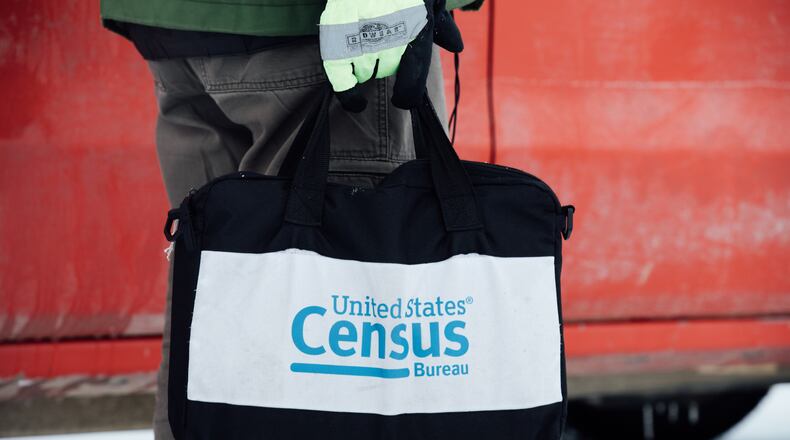A rural county in Southeast Georgia has produced one of the more eye-popping U.S. Census statistics in the state, with its Hispanic population growing at the explosive rate of 557% since 2010. According to the once-a-decade population count released in August, no other part of the state has come close to recording a similar percentage jump.
Located near the Florida border, Charlton County is small, with a total population of 12,518. In terms of absolute Hispanic population growth, it ranks nowhere near large, urban areas. Since 2010, Charlton County, home to part of the Okefenokee National Wildlife Refuge, added 1,726 Hispanic residents. By contrast, the state’s leader, Gwinnett County, added 58,456. Gwinnett and the rest of the Atlanta metro area are the main drivers behind the state’s surging diversity numbers, putting Georgia on the precipice of becoming a majority-minority state.
But unlike other parts of the state with growing Hispanic populations, Charlton County’s diversification is not as proportionately reflected in its public life. That’s because part of the demographic change is tied to the 2017 opening of the 1,118-bed Folkston ICE Processing Center, an immigration detention facility operated by the GEO Group, a Florida-based corrections company.
In 2020, as in past years, the Census Bureau counted people living in correctional facilities — including ICE detention centers — using each facility’s population totals on Census Day (April 1, 2020). For communities that are home to immigration detention facilities, that means that official population counts include people who likely have no ties to the county they are being detained in (and who might have limited ties to the state in question or even to the country, as in the case of recent border crossers)
Across the country, there were nearly 32,000 people in ICE detention in April 2020, according to data compiled by the Transactional Records Access Clearinghouse (TRAC), a nonpartisan research organization at Syracuse University. The bulk of people in immigration detention in the U.S. are Hispanic, with a majority of detainees hailing from Mexico or Central America, per a 2018 report by American Immigration Council, a nonprofit that advocates on behalf of migrants.
After Charlton, the Georgia county that registered the second largest percentage increase to its Hispanic population was Irwin County (+193%). In April 2020, Irwin County was home to another ICE detention facility, which shut down amid controversy last month.
The city of Folkston, where Charlton’s immigration detention facility is located, zoomed up from No. 176 in the state on the USA Today Diversity Index in 2010 to No. 8 in 2020. The index assesses how likely it is that two people in a given area would have a different race or ethnicity, according to census data.
Prison populations and redistricting
Counting inmates as residents of the towns where they are being detained can yield an imprecise assessment of community populations for research and planning purposes, experts say. It can also skew electoral representation, with inmates adding to an area’s political clout despite not being able to vote.
Wanda Bertram is a communications strategist at the Prison Policy Initiative, a nonprofit, nonpartisan organization working to reduce mass incarceration. She says the effects of so-called prison gerrymandering are particularly visible at the local level.
“Prisons throw off the balance of democracy because they distort the sizes of districts, and the smaller the district size, the more of an impact the prison is going to have,” she said. “So, the impacts of prison gerrymandering are actually felt most keenly in the cities and the counties that host prisons.”
Following every new census, local governments have the ability to not take their prison populations into account when drawing new district maps. Gina Wright, executive director of the state Legislative and Congressional Reapportionment Office, has said that local leaders in Georgia have been leaning towards excluding prison populations during redistricting.
After the 2010 census, 10 Georgia counties avoided prison-based gerrymandering by excluding prison populations in their census counts, according to the Prison Policy Initiative. The list included Stewart County, home to the largest immigration detention center in the state.
In an email, Hampton Raulerson, Charlton County administrator, told the AJC that decisions regarding redistricting will be made later this fall. Nearly 19% of the county’s official residents live in adult correctional facilities, according to 2020 census data.
Data Specialist Jennifer Peebles contributed to this report.
Lautaro Grinspan is a Report for America corps member covering metro Atlanta’s immigrant communities.
About the Author
Keep Reading
The Latest
Featured


